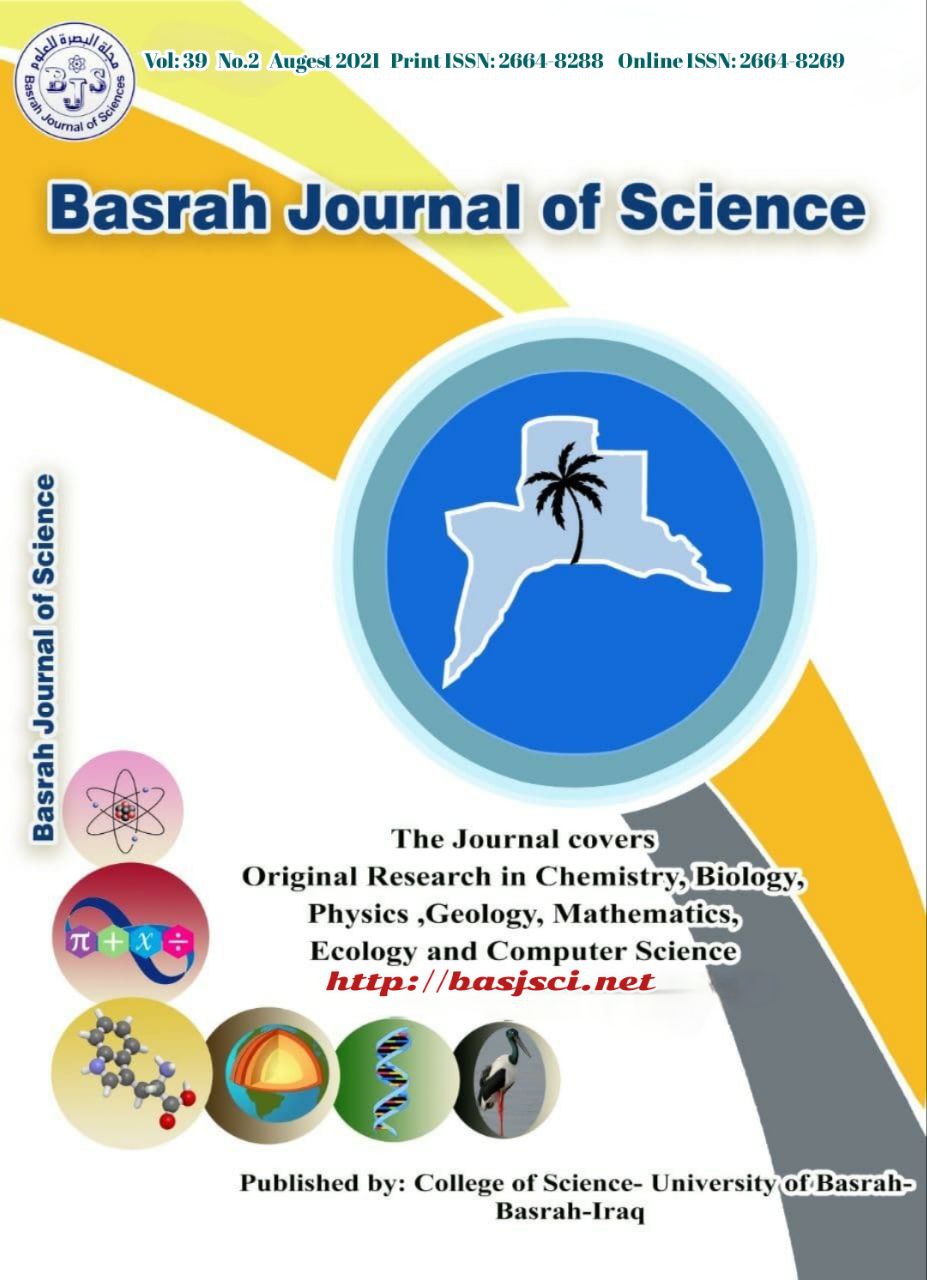Green Synthesis of Cobalt Nanoparticles and their Application in Removal of Lead from Polluted Water
Keywords:
Cobalt nanoparticles, Eucalyptus leaves extract, removal of lead, Atomic absorption spectroscopyAbstract
Cobalt nanoparticles were synthesized by reduction-oxidation method. The reaction was done using cobalt salts as the source of metal and eucalyptus leaf as a reducing material and trisodium citrate used as capping agent. The creation of the cobalt nanoparticles was monitored using UV-Vis spectroscopy. The UV-Vis spectroscopy shown the formation of cobalt nanoparticles by exhibing the typical surface plasmon absorption maximum at 570 nm. Fourier transform infrared spectra (FTIR) used for characterization of eucalyptus leaf some functional groups that related with cobalt nanoparticles was showed. Field emission scanning electron microscope (FESEM) was monitored to characterize the morphology and the size of cobalt nanoparticles, images from FESEM indicate that the synthesis of cobalt nanoparticles in the range (15-85 nm). Dynamic light scattering (DLS), by zeta sizer analysis showed the distribution of nanoparticles in nano range; moreover, zeta potential analysis clarified the distribution of cobalt nanoparticles in a negative value (-20.3mV), which indicate presence of stable and positive cobalt ions. The production of cobalt nanoparticles were applied for removal of heavy metals from polluted water and flame atomic absorption spectroscopy (FAAS) was used for determination of polluted metals before and after the addition of nano cobalt.
Downloads
Downloads
Published
Issue
Section
License

This work is licensed under a Creative Commons Attribution-NonCommercial 4.0 International License.


